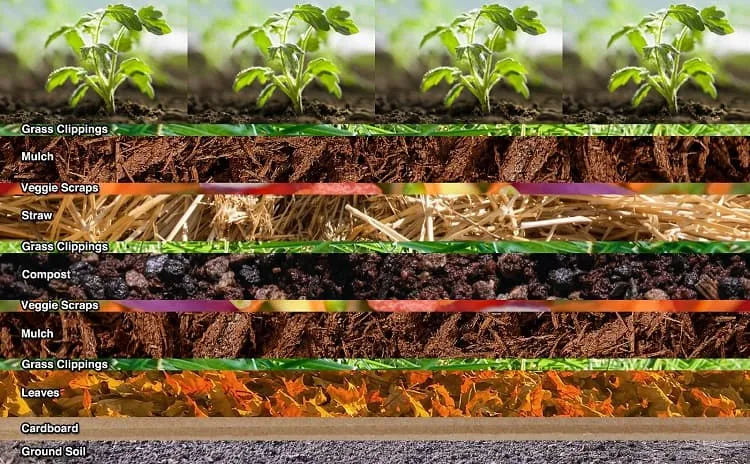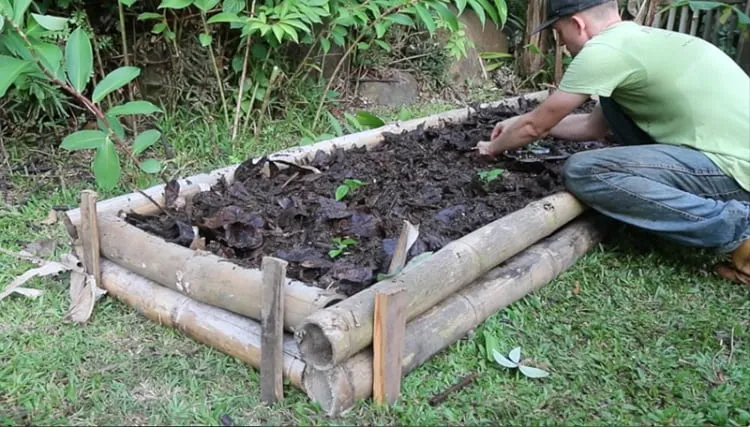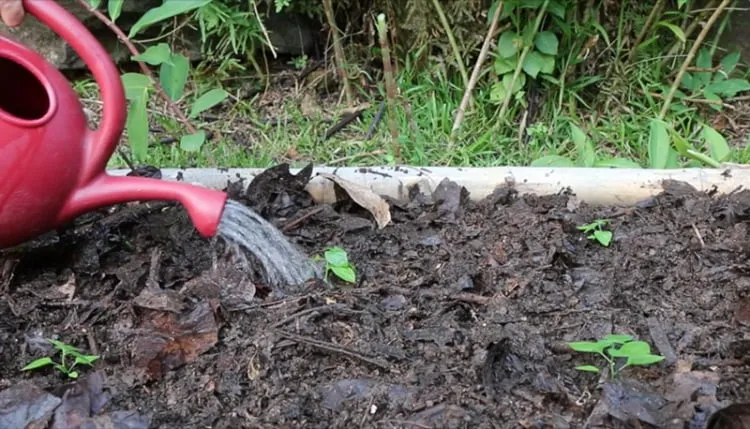I don’t think there is a person out there who doesn’t enjoy the rewarding feeling of creating a beautiful and flourishing vegetable garden. If you are impatient like I am, you probably go outside every day to examine just how much your vegetables have grown today. Often we might not have the time and energy to care for our gardens as much as we like. But what if I told you there was an effective and easy method that will guarantee you the best vegetable garden results? Ever heard of lasagna gardening? Keep on reading to find out more about this popular and efficient gardening technique!
What is lasagna gardening?
Lasagna gardening, also known as sheet mulching or sheet composting, is a gardening method in which you build a garden bed that involves little work and time to maintain. The term “lasagna” comes from the layers that are stacked one over the other, each beneficial and nutrient-rich for your vegetables. There is no digging involved, and this organic technique results in a healthy, enriched soil as the layers of the lasagna dissolve over time.
What are the benefits of lasagna gardening?
Not only that it is easy to maintain, but lasagna gardening has many other benefits for gardeners as well. For areas where the soil is poor or contaminated, you can create a rich in nutrients garden bed with healthy soil. This method also keeps most weeds at bay, thanks to the cardboard that is used in the layering. Also, lasagna gardening is very eco-friendly as you use food scraps and garden waste that you would otherwise throw out. Other benefits include, having to use less fertilizer and better water retention.
How to create a lasagna garden?
With lasagna gardening, you can begin at any time of the year. Usually, it’s best to start after the first frost in autumn. But if that has already passed, and you want to make your gardening bed now, you can start it right away. Here’s how:
First layer: Before you start, make sure the place you have picked for your lasagna garden is mowed as low as possible. Now let’s get to cooking! Start the first layer with cardboard. Look for boxes that are not in use. Make sure you get rid of any tape or plastic. Lay them flat in the garden, by unfolding them. You should cover the whole area of the gardening bed.
Second layer: Go green! Here is where you lay all your food scrapings, grass clippings, coffee grounds, etc. Everything should be cut up in small pieces. You can also include manure from chickens or cows.
Third layer: Time for the brown layer in the lasagna! Here you can use leaves, straw and wood/fireplace ash. To be frank, this is the second brown layer after the cardboard one, so here you can again place sheets of newspaper or even more cardboard. Make sure the layer is 4 to 6 inches (10 to 15 centimetres) deep.
Fourth layer: Now we lay a second green layer. Add again grass clippings, scraps from vegetables and fruit, and manure if you want.
Fifth layer: Once again a brown layer! You already know what to place here. Just keep layering your lasagna until you feel satisfied with how it looks and until you run out of materials.
Sixth layer: It’s time to cover your lasagna garden with a layer of compost. If you used your autumn leaves to benefit your garden last fall, you should have plenty of organically-rich compost. If not, you can always buy a quality brand compost from the farmer’s market. Place a layer of 4 inches (10 centimetres) of it over your garden bed.
Lasagna Gardening: Finishing touches & tips
After you have finished with layering your lasagna garden, you should give it a good drenching. Just be careful not to overdo it as the materials can rot. Then it’s time to plant your garden! Probably the most rewarding step is planting the vegetables you want in your lasagna garden bed. Do it like you would in any other garden, no special instructions required.
Keep in mind that it will take between 6 and 12 months for the whole decomposition process of the lasagna to complete. If you want to speed up the process. Add 4 inches (10 centimetres) of compost over the garden bed.
Further tips and advice:
- Take proper care of your lasagna garden by replenishing it every year. Add fresh new brown and green layers.
- To keep the leaves from flowing away, use wood chips as the top brown layer of the lasagna bed.
- Don’t use organic waste with seeds and weeds in your compost. These can infect your garden.
- Composting meat, dairy, or oil products in your lasagna garden should be out of the question. This can attract wild animals.



